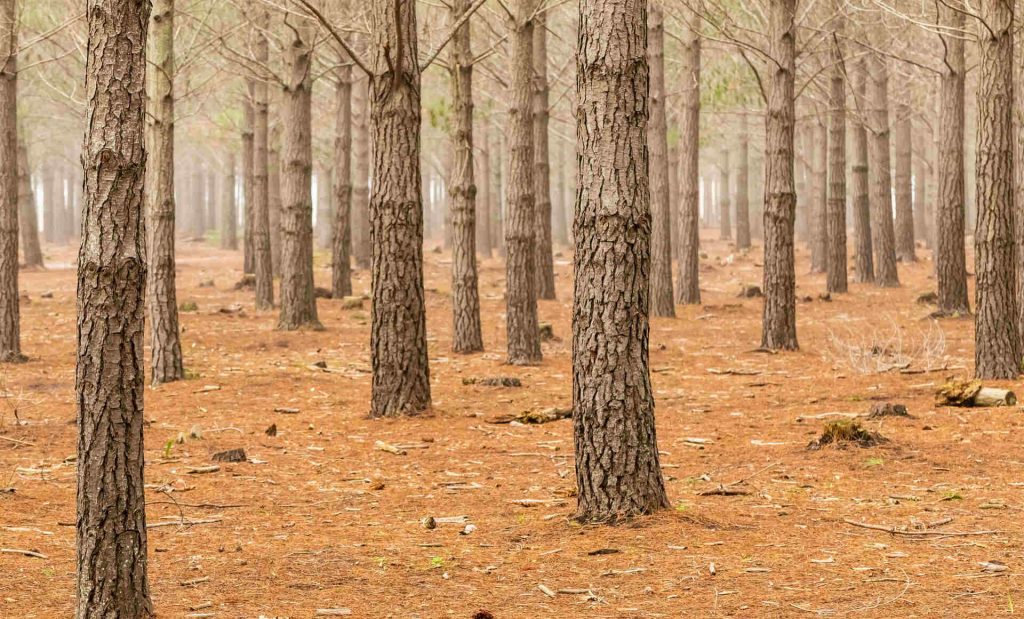Gum Tree Removal Melbourne

What’s it like to be 40 meters up a Grey Gum using a Chainsaw? Melbourne Arborist Treelife gives you a bird’s eye view. See what it takes to climb and take down a large tree in Suburban Melbourne in a confined backyard. At Treelife, we’re the experts when it comes to tree removal or tree […]
Common Trees on Melbourne Road

Melbourne is home to many trees, and this is one of the many factors that contribute to Melbourne being one of the best and move pleasurable cities to live in that the world has to offer. All of the greenery these trees have to offer is one of the major contributors for Melbourne’s excellent reputation […]
Tree Rules and Regulations of Melbourne

If you have a tree on your property, then you are probably wondering about the tree rules and regulations of Melbourne that are in place that you need to comply with. The main concern you need to have in mind in order to ensure you do not take any actions that violate Melbourne law are […]
Elm Leaf Beetle Treatment Melbourne

The Elm Leaf Beetle has very few natural predators and as a result the best method for treatment is with pesticide. There are two main methods for Elm Leaf Beetle Control – ground drenching (soil injecting) with pesticide and or trunk injection with pesticide. Trunk injection – localises the rather hazardous chemicalsSoil injection – chemical […]

